Richard Wade-Martins
Co-PI (Core Leadership)
University of Oxford
Richard Wade-Martins, MA, DPhil, is a molecular neuroscientist with extensive and long-standing research programs in molecular mechanisms of neurodegenerative disease, with a focus on the role of SNCA, GBA, MAPT and LRRK2 in Parkinson’s disease. Previous, highly cited work from his group includes pioneering (a) the development of patient induced pluripotent stem cell (iPSC)-derived dopamine neurons to uncover cellular pathways driving disease phenotypes, and (b) the use of highly physiological BAC transgenic and knock-out mouse models to understand the role of alpha-synuclein in regulating dopamine neurotransmission. More recently, he has focused on studying mechanisms of Parkinson’s using transcriptomic and proteomic profiling, and exploiting the depth and breadth of his models to provide mechanistic rationale for identifying new drugs and therapeutic targets for Parkinson’s. Since 2010, Richard has been founding director of the Oxford Parkinson’s Disease Centre, a highly multi-disciplinary program spanning from patients cohorts to drug discovery.
Teams
Themes
Tags
Recent ASAP Preprints & Published Papers
A fluid-walled microfluidic platform for human neuron microcircuits and directed axotomy
Early striatal hyperexcitability in an in vitro human striatal microcircuit model carrying the Parkinson’s GBA-N370S mutation






